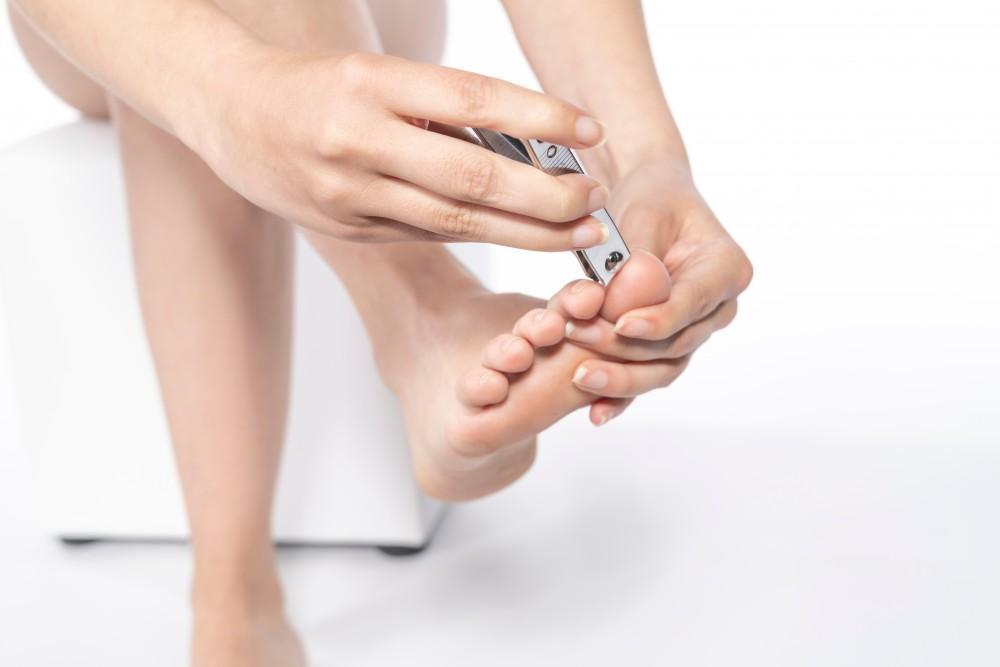
Living With Plantar Fasciitis

Pain in your heel or sole of your foot can come on gradually, or all at once. Maybe you have foot pain resulting from plantar fasciitis and not even know it. The tissue that runs along the sole of your foot is called the plantar fascia. When it gets irritated or inflamed, you have plantar fasciitis. It addition to being painful, it can be a fairly long-lasting disorder. This kind of inflammation isn’t serious, but it can be difficult to relieve.
Podiatrists know how important it is to put your best foot forward. The experts at Family Foot and Ankle Center of South Jersey in Cherry Hill have prevention and treatment plans for these kinds of foot problems, so you’ll be back on your feet in no time.
What are the symptoms of plantar fasciitis?
The main symptom of plantar fasciitis is pain in your heel or the bottom of your foot, so you’ll likely recognize the issue right away. It can develop over time, or it can appear suddenly after an intense activity like running. Here are some other symptoms of plantar fasciitis:
- Tension or stiffness in your heel
- Burning sensation in your heel
- Worsening pain in the morning
- Pain subsiding during the day, but reappearing in the evening
How can I prevent plantar fasciitis?
According to the Arthritis Foundation, for 90% of people who experience plantar fasciitis, two months of home treatment improved pain significantly. Here are a few ways you can prevent this annoying irritation in the bottom of your foot.
Wearing proper footwear is essential. Invest in high-quality shoes to prevent inflammation, especially if you’re on your feet a lot. This is extra important if you frequently walk over uneven terrain or up and down hills. You might want to consider taking some time off from high-intensity workouts and opt for something more low-impact like biking or swimming.
Stretching before exercising is a useful way to prevent plantar fasciitis. Stretches that use the foot, calf, and ankle are the ideal way to prepare for physical exercise, while avoiding foot pain. You can also apply ice to your foot a few times a day for 20 minutes. Regular use of cold therapy can ease your foot pain and inflammation.
Finally, maintaining a healthy weight prevents plantar fasciitis because extra pounds can cause your plantar fascia to become inflamed. A healthy lifestyle is beneficial for avoiding foot problems.
You could cause inflammation in your plantar fascia in a number of ways, but mostly this tension is caused by an incorrect habit that the doctors at Family Foot and Ankle Center can help you fix and feel better. Diagnosis is as easy as a quick foot exam to check for swelling, redness, or pain.
What is the treatment for plantar fasciitis?
To begin with, the most common treatment for this disorder is over-the-counter medications like ibuprofen or naproxen (Motrin or Aleve). These are a non-steroidal way to treat plantar fasciitis with anti-inflammatory drugs. Our doctors might send you home with a splint to wear at night that stretches the arch of your foot while you sleep. Another option worth looking into is either prescribed orthotics or off-the-shelf arch supports that distribute your weight more evenly, taking the pressure off your foot.
If the pain doesn’t go away or respond to OTC medicine, a steroid injection could fix the problem. This will reduce the inflammation in the bottom of your foot and relieve some pain for about a month. If neither of these treatments help, our doctors might suggest some physical therapy along with resting and icing the problem area.
Plantar fasciitis is a common ailment, but living without pain is possible. Call our doctors for an appointment today, or use our convenient online scheduling tool to talk about treatment options.
You Might Also Enjoy...


5 Ways to Keep Your Bunion Pain to a Minimum

Gout: What Is It and How Can I Get Rid of It?

Complications of an Untreated Ankle Sprain

Suspect You’ve Broken Toe? How To Tell and What to Do


